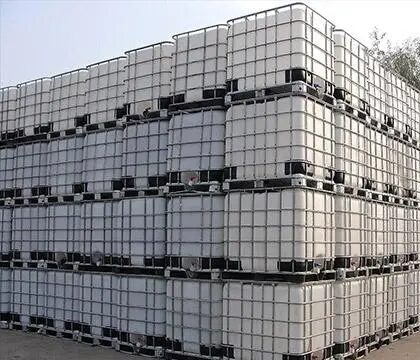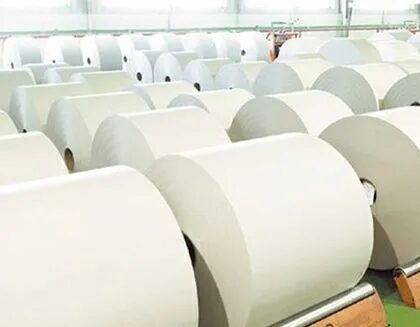Enzymes for Paper and Pulp Industry: papermaking Enzymes,Glue Control Enzymes,Beating Enzymes,Water Drainage Enzymes,Sizing Enzymes,Wood Chips Treatment Enzymes, Resin Control Enzymes, Bleaching Aid Enzymes, Deinking Enzymes, Pulp and Paper Enzymes
Different Application of Enzymes used for Pulp and paper making Industry:
The pulp and paper industries require a large supply of lignocellulose. In response to the diverse and sustainable needs of pulp manufacturing, the widespread use of biological enzymes in the pulp and paper industries has been identified. The main functions of paper enzyme are pulp bleaching, deinking, beating, glue control, glue application, wood chip processing, etc. Among the most important applications of the enzyme is in the pre-bleaching of the sulfate slurry. Xylanase enzymes have been found to be the most potent enzymes for these purposes. Improving paper pulp drainage with enzymes is a conventional and effective method. Enzymatic deinking has also been widely used in paper mills, all newsprint must be deinking and recycled and recycled.
Enzyme applications have been proposed for pulp and paper manufacture to enhance pulp bleaching, pulp refining, deinking, cellulose purification, deposit control,and papermaking.For mechanical pulping, wood fibers are separated and refined using mechanical actions that are energy intensive and lead to some damage of the fibers. In order to sustainable development strategy of paper industry, we need to get the most value from each piece of wood, let us work together to progress.
Where Our Enzymes Are Used In The Pulp and Paper Industry?
Our enzymes are used at different steps in the process of papermaking. The major enzymes used in the paper industry are xylanase, cellulase, lipase, and laccase. Cellulase Enzymes is used to boost the fibre modification process;Xylanase enzyme is most effective in the process of bleaching the pulp.
Enzymes For Bleaching
Bleaching is the process of removing lignin from the chemical pulp. This is an essential step for aesthetic purposes and to improve the paper property. Recently, a large amount of chlorine and other chlorine chemicals are used. The by-products of using these chemicals are very toxic and are harmful to the environment. Enzymes are a better, simple, and cost-effective alternative.
Enzymes For Beating Modification
In fibre beating modification, fibre is modified using pulp and paper enzymes to decrease the energy consumed during the production of thermomechanical pulps. They are also used to make pulps easy to beat. They work the best when combined with an alkaline pre-treatment.
Enzymes For Resin Control
Resin is a component of wood that composes of fats, waxes, fatty acids. Though they comprise only 10% of the wood, they are very problematic. Different types of pulp and paper enzymes like lipases have been used for the removal of this resin. This reduces the problems that can create in the future because of the resin. This resins also gets deposited in the paper machine, and it can easily be cleaned using enzymes. This also helps in improving the quality of the pulp and paper.
Enzymes For Sizing Press
Starch is main used in paper making industries in the process of sizing press. Sizing is done to reduce the chances of the paper, absorbing any liquid when dried. This makes sure that inks and paints don’t get absorbed by the paper after drying and remain on it. This also reduces the bloating of paper. This starch is modified using enzymes to get the best results. To saves more cost for the paper mills.




